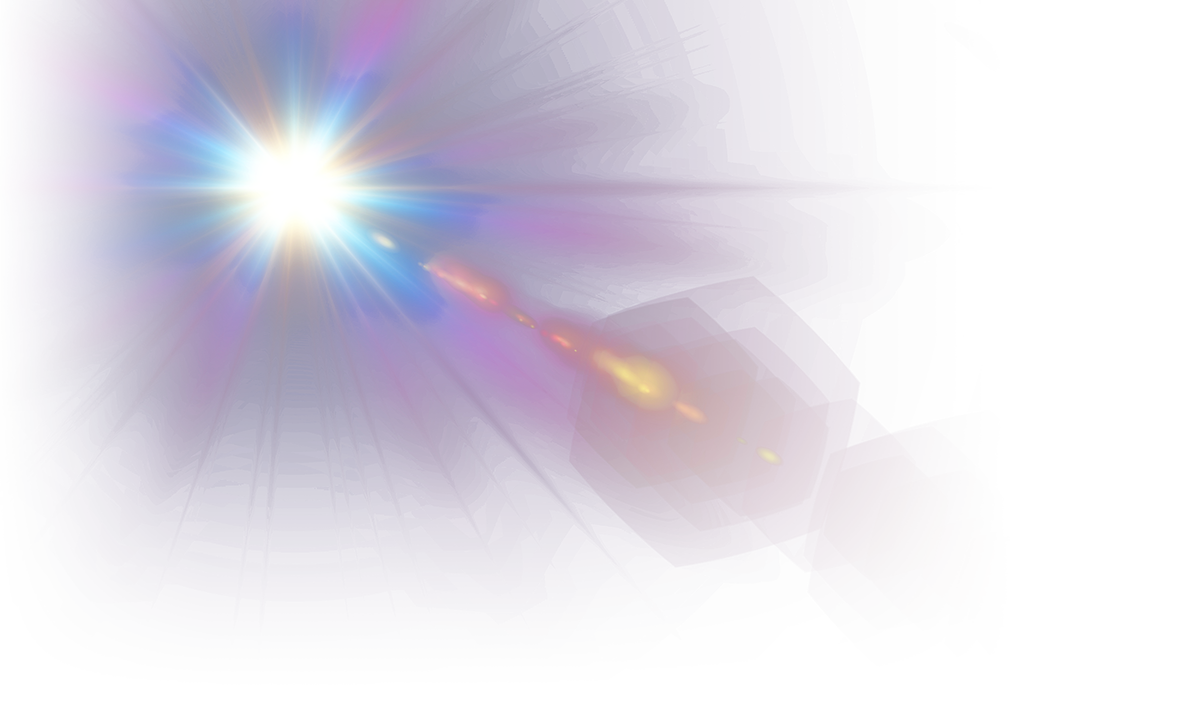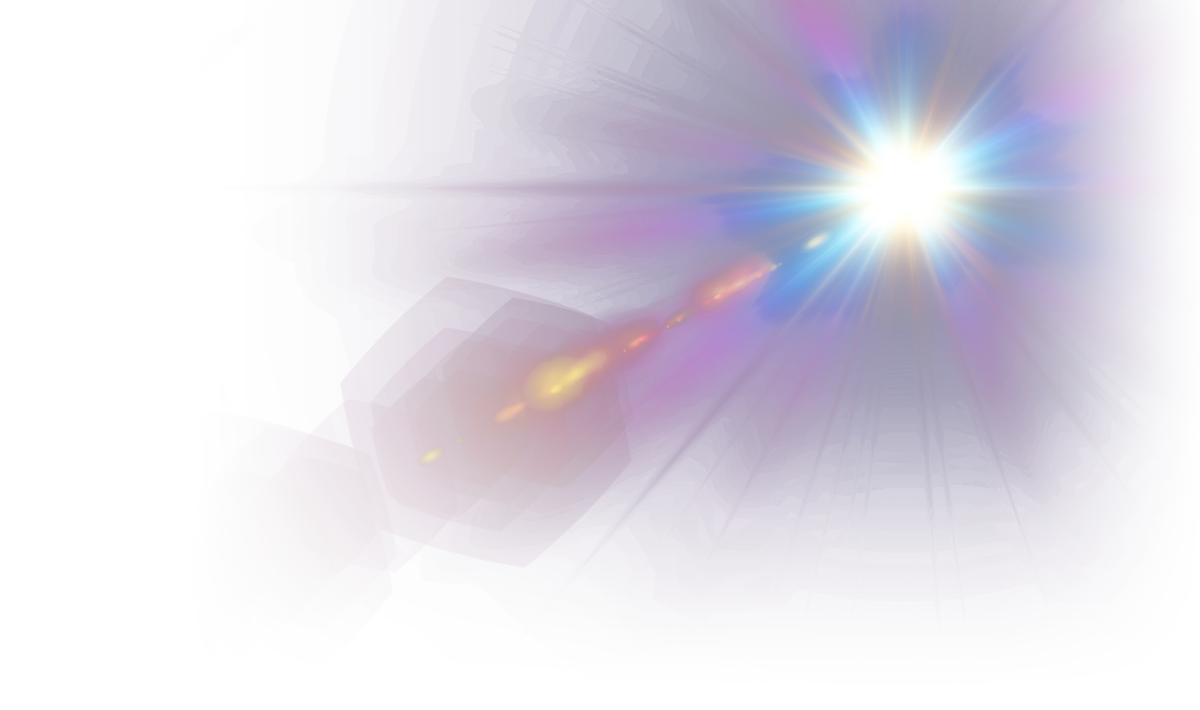SKAO at the Royal Society Summer Science Exhibition

Unveiling the Universe: exploring the cosmos with the SKA Observatory
Step into the world of radio astronomy with the SKA Observatory (SKAO) and UKRI's Science and Technology Facilities Council (STFC). We are building the world's most powerful radio telescopes in South Africa and Australia to unlock the Universe’s deepest mysteries. Discover how our global team is tackling engineering and data challenges to make this possible. Explore our telescopes, meet our researchers, and find out how the UK is playing a key role in this groundbreaking project. We are excited to share our journey with you – come and explore!
Take a look at our Cosmic Guestbook
Take the rare opportunity to see real telescope hardware up close: our "Christmas trees" with a full-size SKA low-frequency antenna, and a real full-size SKA-Mid dish panel featuring signatures from special guests. You might even have a chance to sign it yourself! Just ask one of our volunteers on hand.
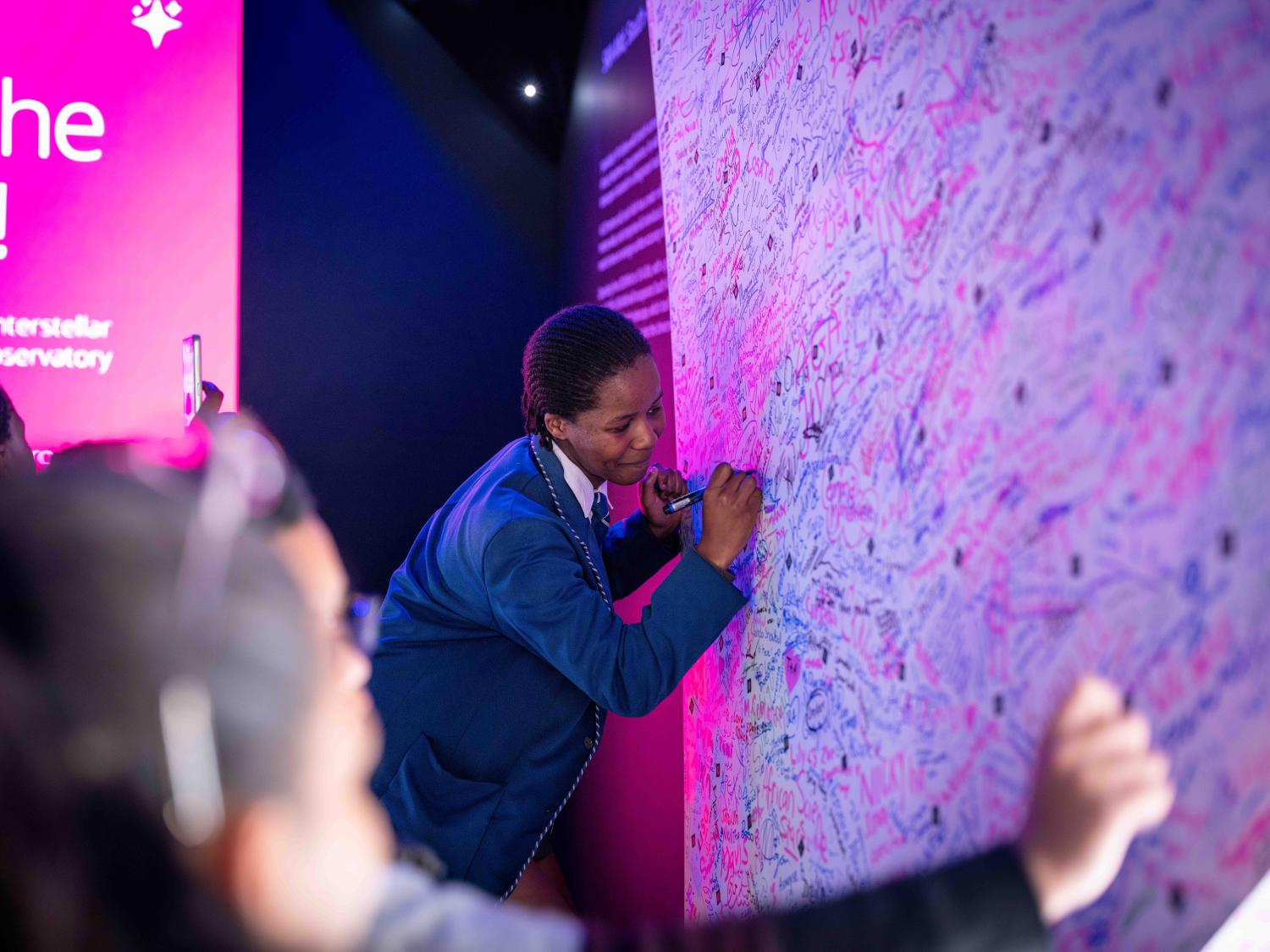
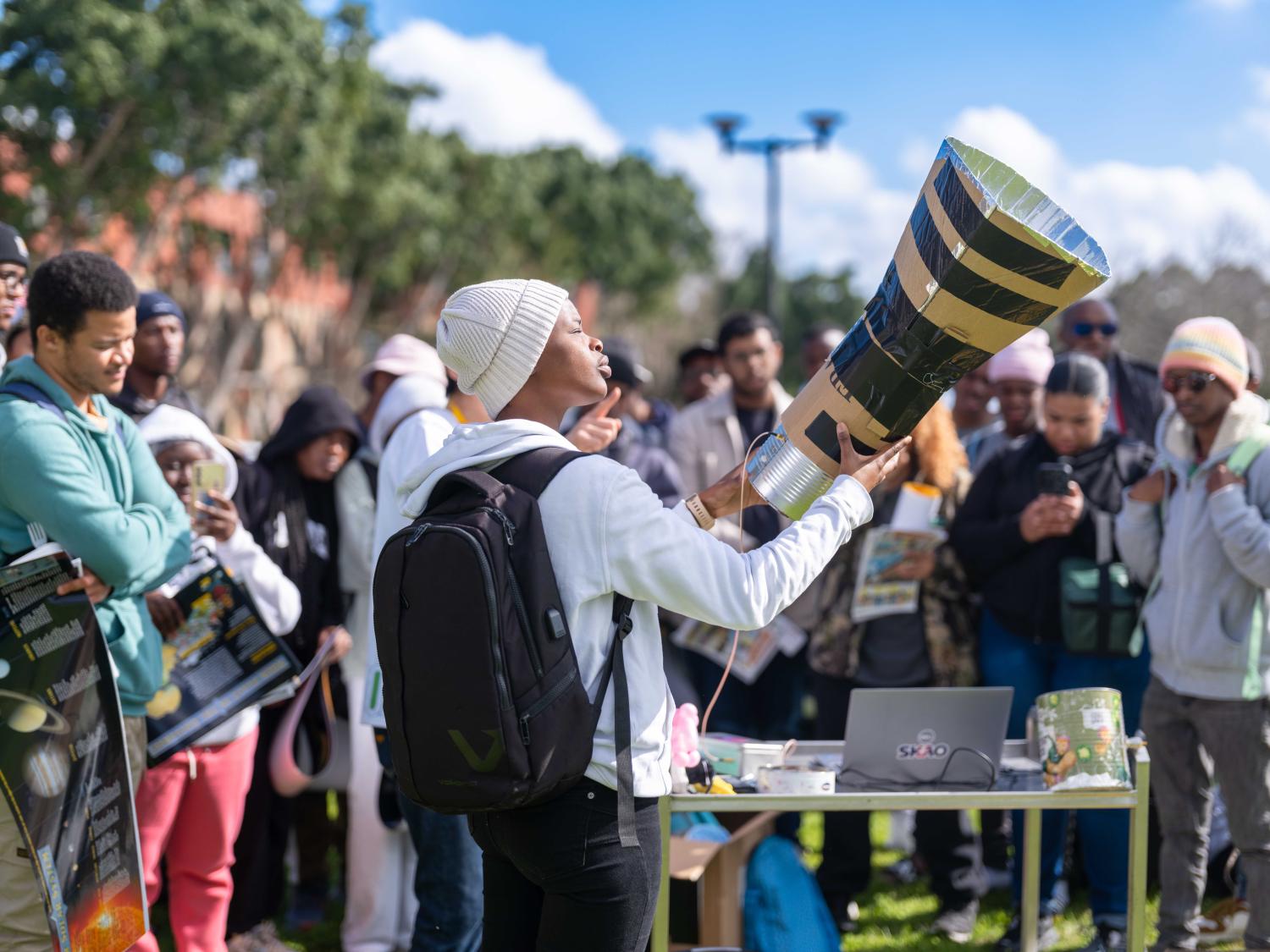
Measure the Milky Way - even during daytime!
Use our simple Tabletop Radio Telescope to measure hydrogen gas in the Milky Way in under a minute! This miniature radio-telescope is built using everyday items like a big can, cardboard, tape and tin foil which you can easily replicate at home. Demonstrations every day between 2pm and 4pm on the Royal Society Terrace.
Listen to pulsing stars
Pulsars are extremely fast-spinning stars that regularly send out a pulse. They are the Universe's clocks and can be used to detect gravitational waves. Engage with them in an accessible way through our sonifications. You can be among the first to listen to an observation from our telescope in Australia we've just released, as well as more sounds inspired by the Universe.
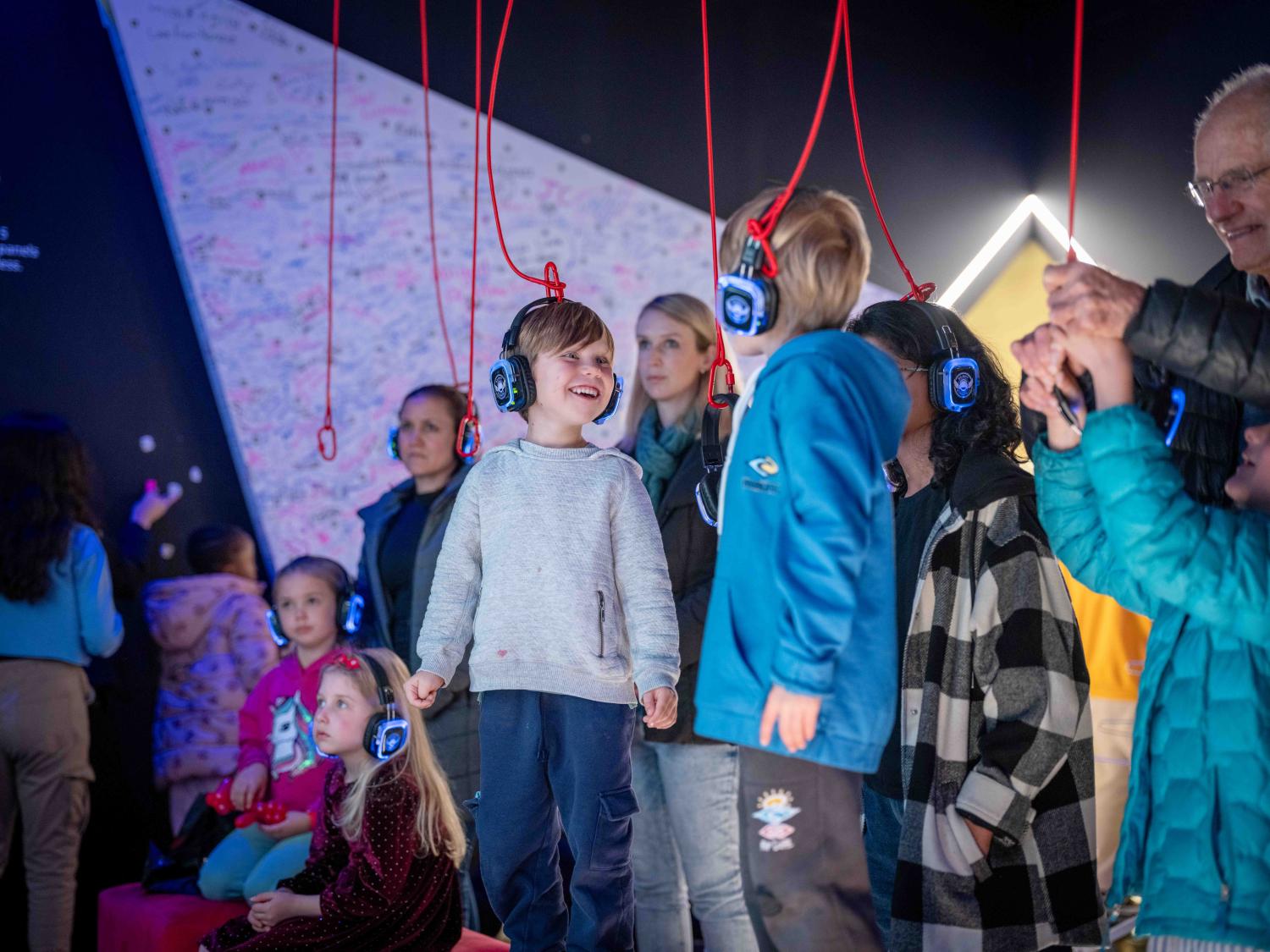
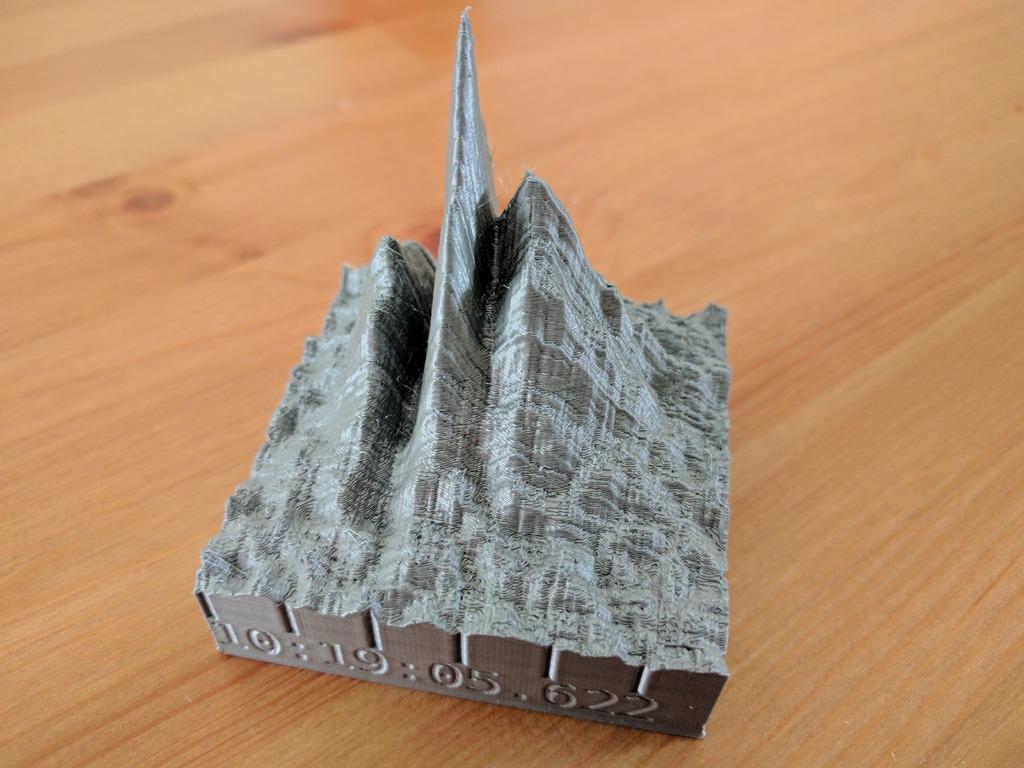
Touch astronomical objects
Explore astronomical objects like fast radio bursts and pulsars through 3D-printed tactile representations. The models correspond to real astronomical measurements and give us more insight into these mysterious objects.
Take a VR trip to Australia
Travel to the Australian outback with this virtual reality experience to see our telescope and the environment we operate in.
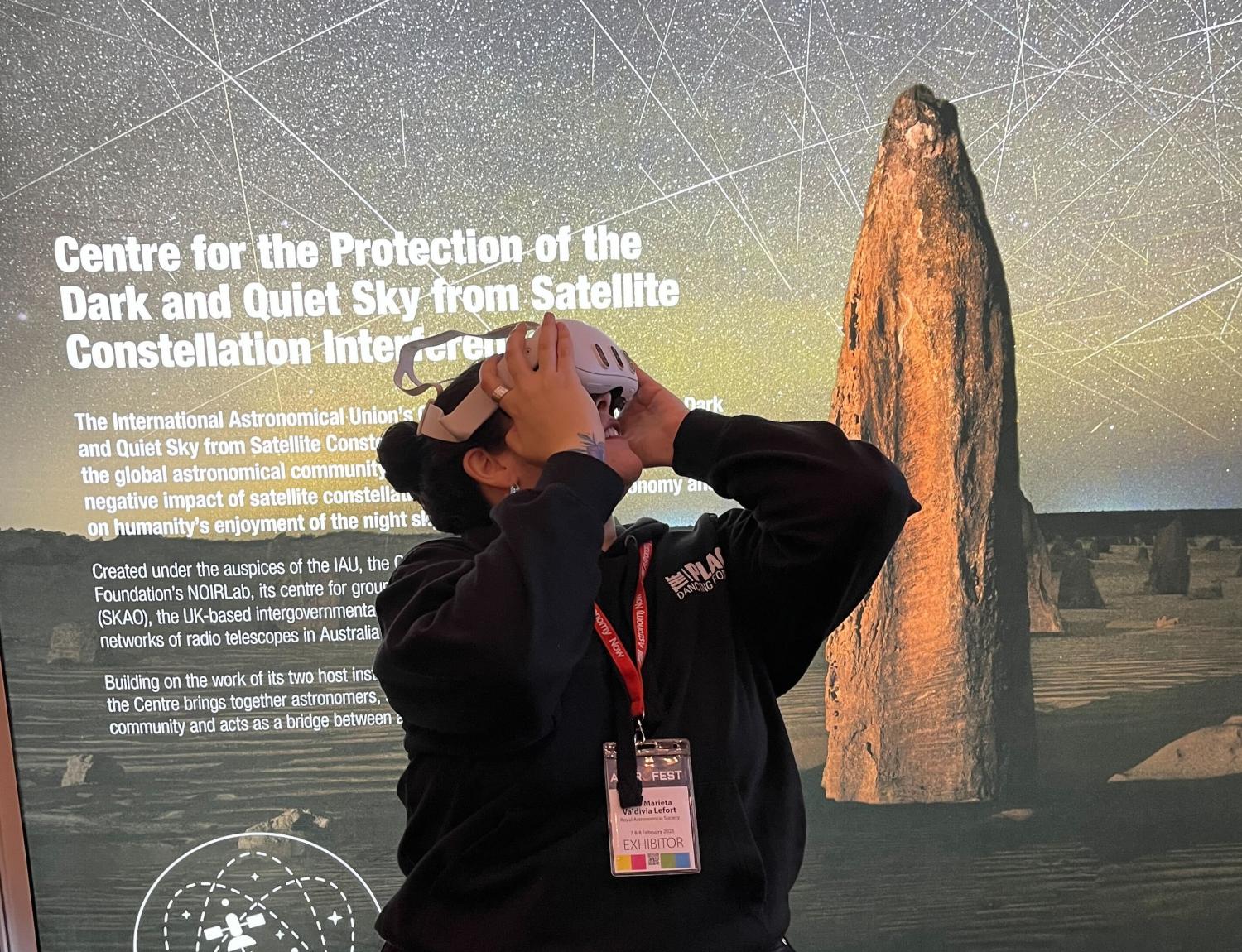
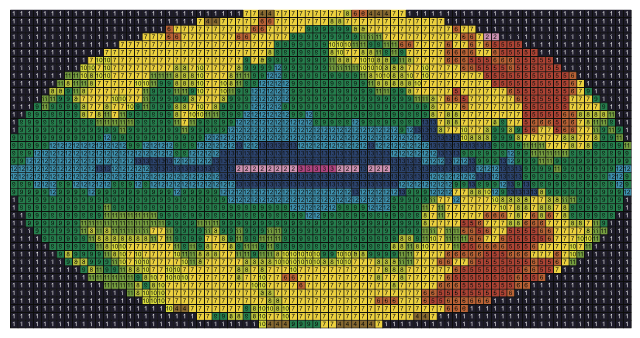
Make your own radio images and telescopes at home
Go home with one of our handouts to continue learning about radio astronomy at home, with a colour-by-number activity to make your own radio image, and paper cutouts to build your own telescopes!
Learn about radio astronomy with our experiments
Learn about invisible radio waves and how they can travel through objects, and try your luck at configuring your own set of telescopes to creates images
The SKA Telescopes
The SKA telescopes are two big telescope arrays under construction right now in South Africa and Australia. Once the array is fully completed, they will be the most sensitive and highest resolution radio telescopes in the world.
The SKA Observatory will answer profound questions about our Universe, looking back to the ‘cosmic dark ages’; the time before the very first stars and galaxies had formed. The radio telescopes will study energetic events in our dynamic and changing Universe such as supernova explosions, merging neutron stars and jets expelled from super massive black holes. The SKAO will also challenge Einstein's theory of relativity by examining signals from a network of spinning Pulsar stars to measure gravitational waves, ripples in the fabric of space and time.Answering these questions requires engineering on a vast scale and processing of extraordinary amounts of data. The two telescopes will archive 700 Petabytes of data per year, or about the storage capability of 1.5 million typical laptops per year. The challenge of processing and storing this data requires real-world solutions in engineering and computing on a global scale.
With 12 member states spread across the world, the SKA project is a great example of global collaboration. Here in the UK, the SKAO international headquarters is hosted at the UNESCO World Heritage Jodrell Bank Observatory in Cheshire, and UK scientists and engineers across the country are involved in developing both the hardware and software that is bringing the telescopes to life.
At the University of Oxford, a team is developing the receivers for the mid-frequency telescope dishes whilst at the University of Cambridge much work has been done on the design and layout of the low-frequency antennas. When it comes to the essential systems and software needed for the SKAO, scientists and engineers from the UK Astronomy Technology Centre in Edinburgh, and the University of Manchester are helping create the telescopes’ management, control and calibration systems as well as synchronising all the elements across each telescope with incredible precision. Teams from the STFC Rutherford Appleton Laboratory, University of Cambridge, University of Manchester and University of Oxford are helping create the software to process the initial signal from the antennas and calibrate the science data, as well as designing the system to search for thousands of new pulsars within the SKA data!
UK Industry is also playing a key role in the delivery of the Observatory and has received over £30m of construction contracts to date in many areas, including software development, cryogenic systems and antenna delivery. To enable UK astronomers to access and analyse the vast volumes of SKA data and help them in their quest to understand the Universe, a new UK SKA Regional Centre (SRC) is being established, joining a global network of SRCs. The UKSRC Collaboration includes the STFC Rutherford Appleton Laboratory and the universities of Cambridge, Durham, Edinburgh, Hertfordshire and Manchester.
Every year the Royal Society welcomes thousands of visitors to meet the researchers behind some of the leading science in the UK. The SKAO and STFC are honoured to be included in the 2025 edition of the Royal Society Science Summer Exhibition!

